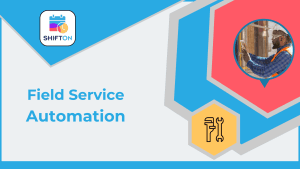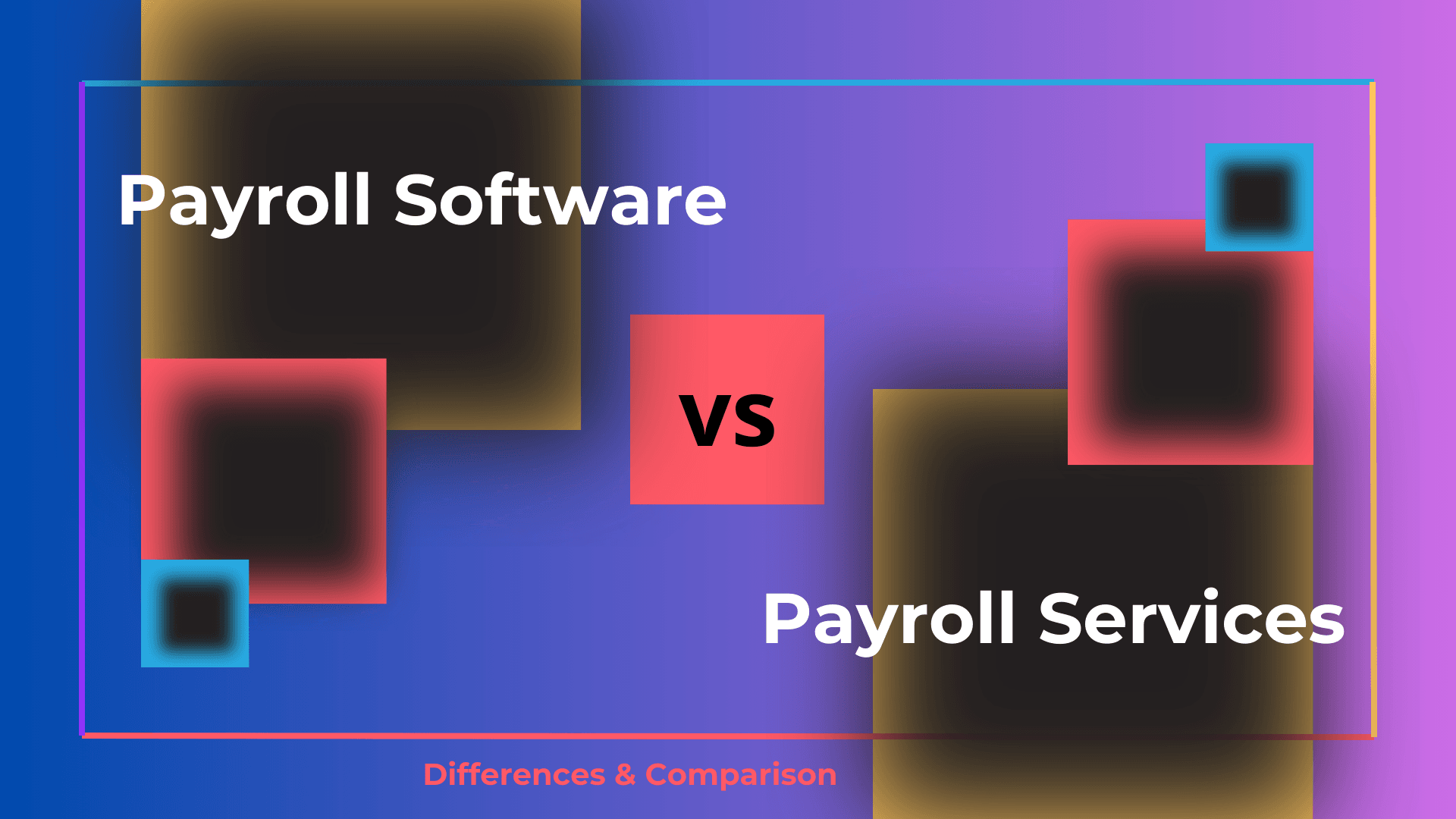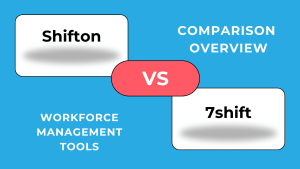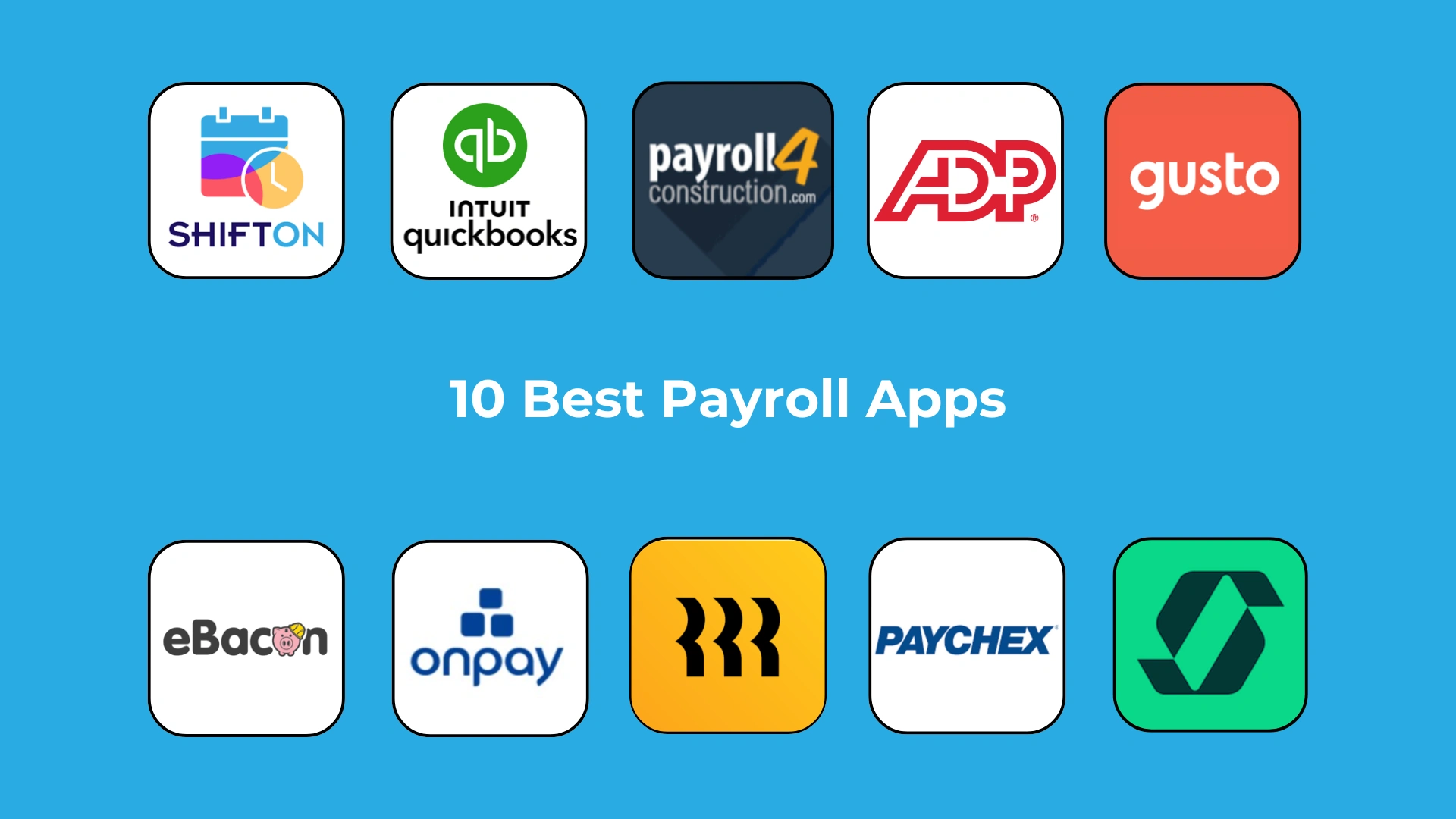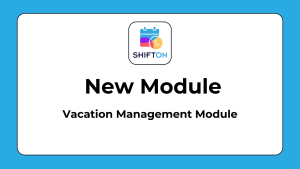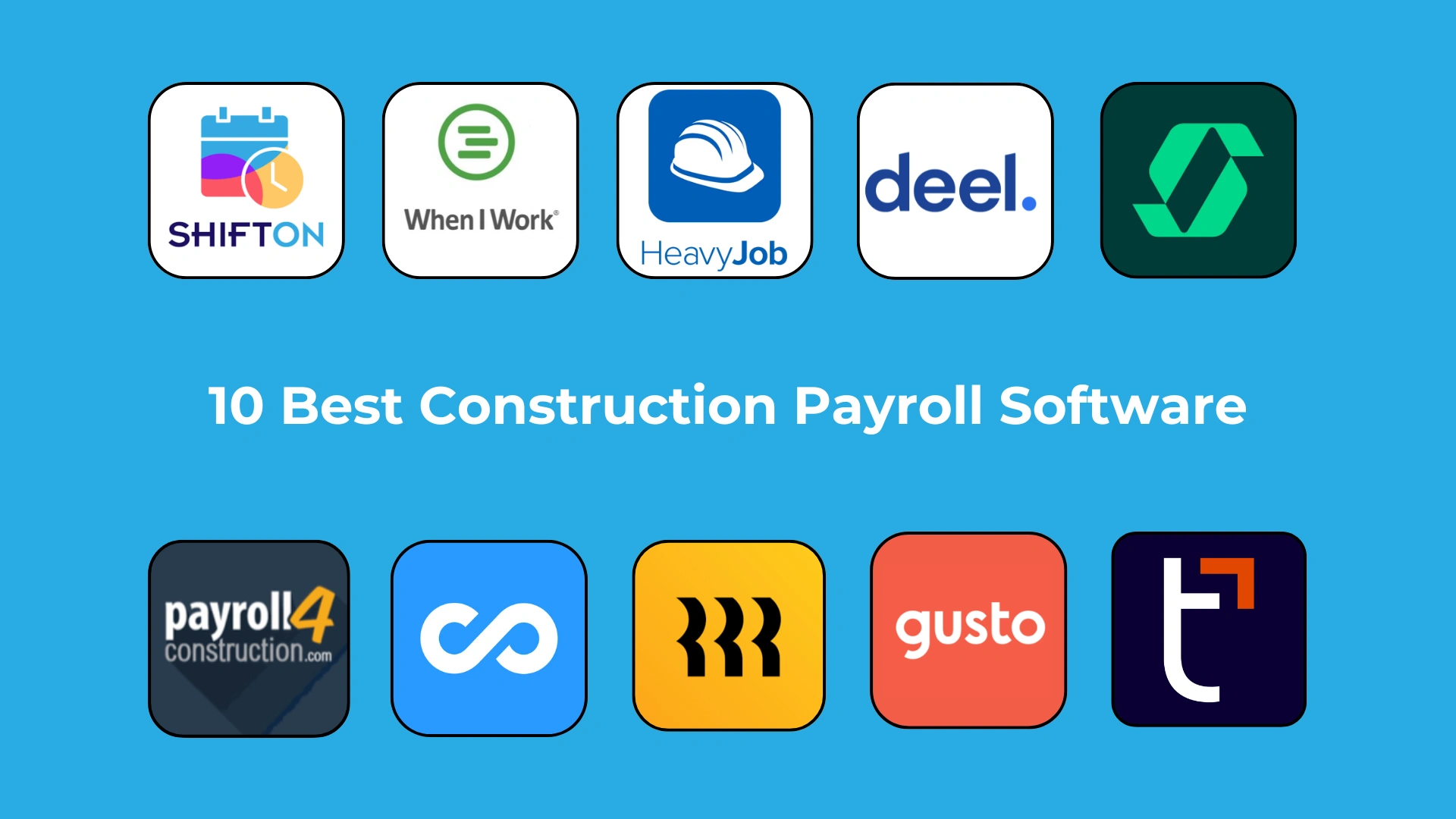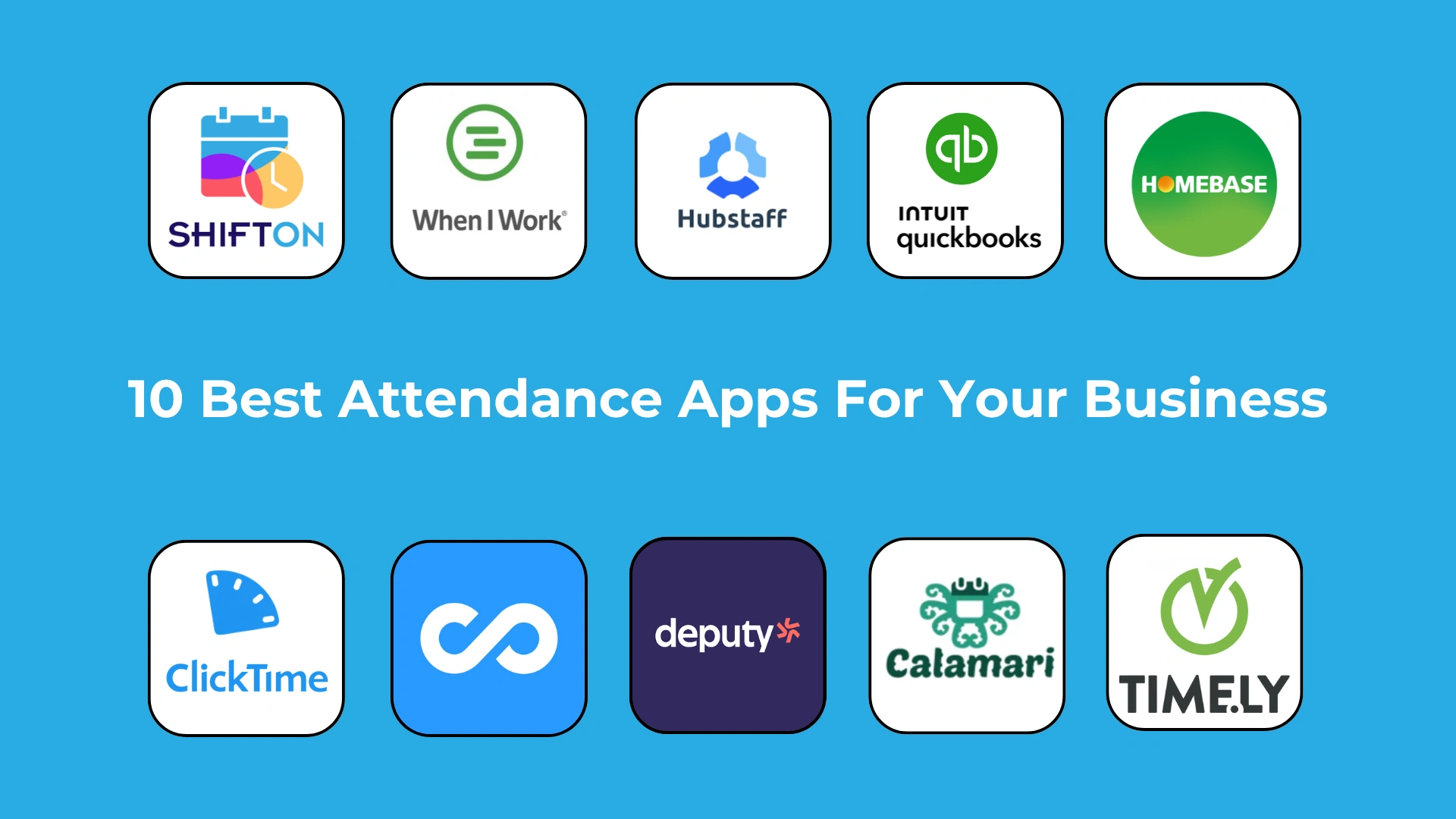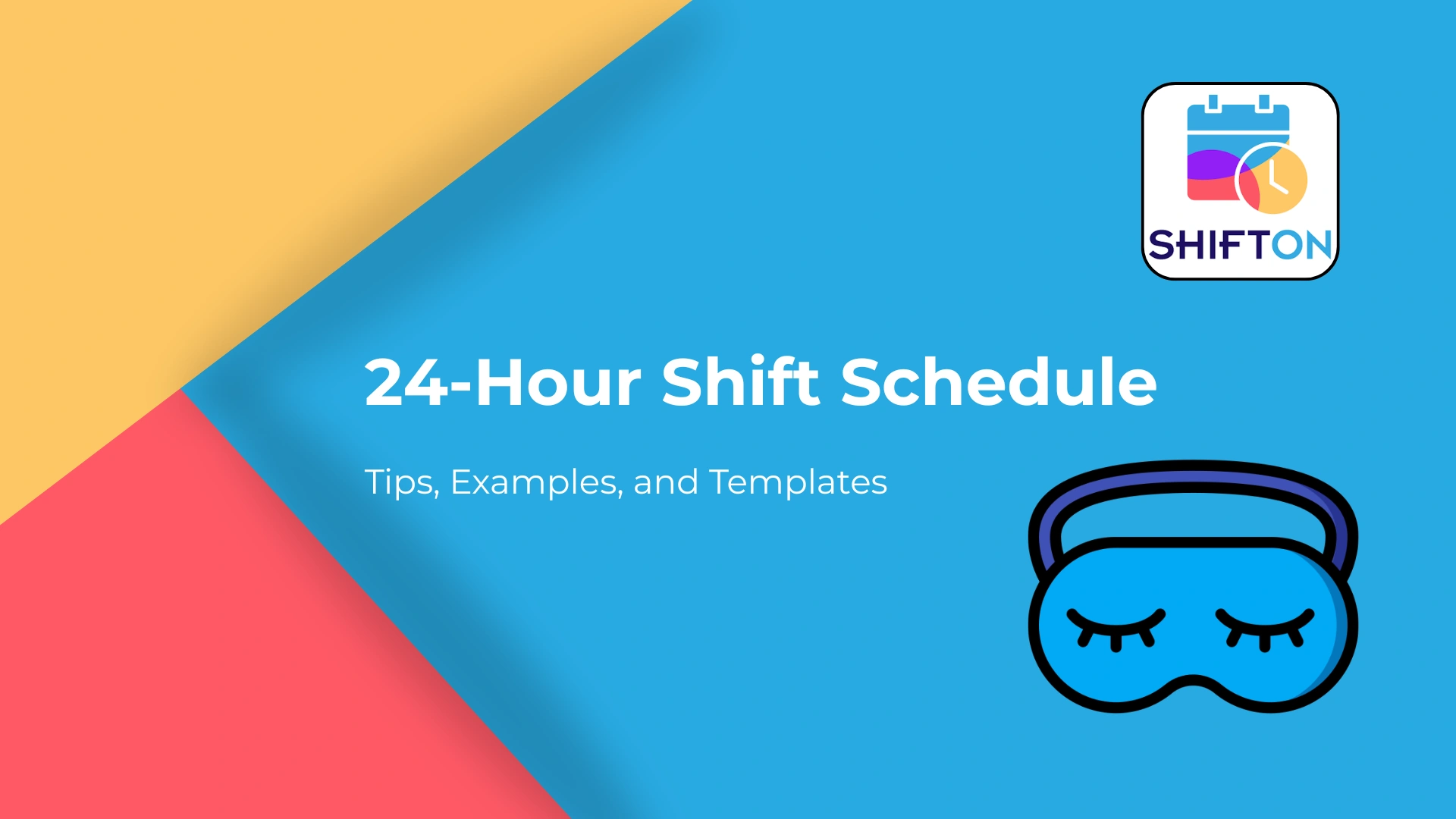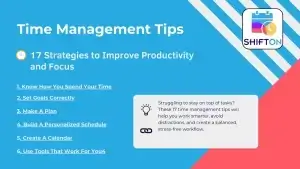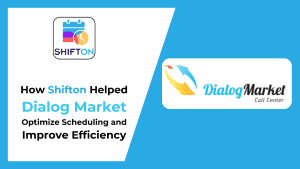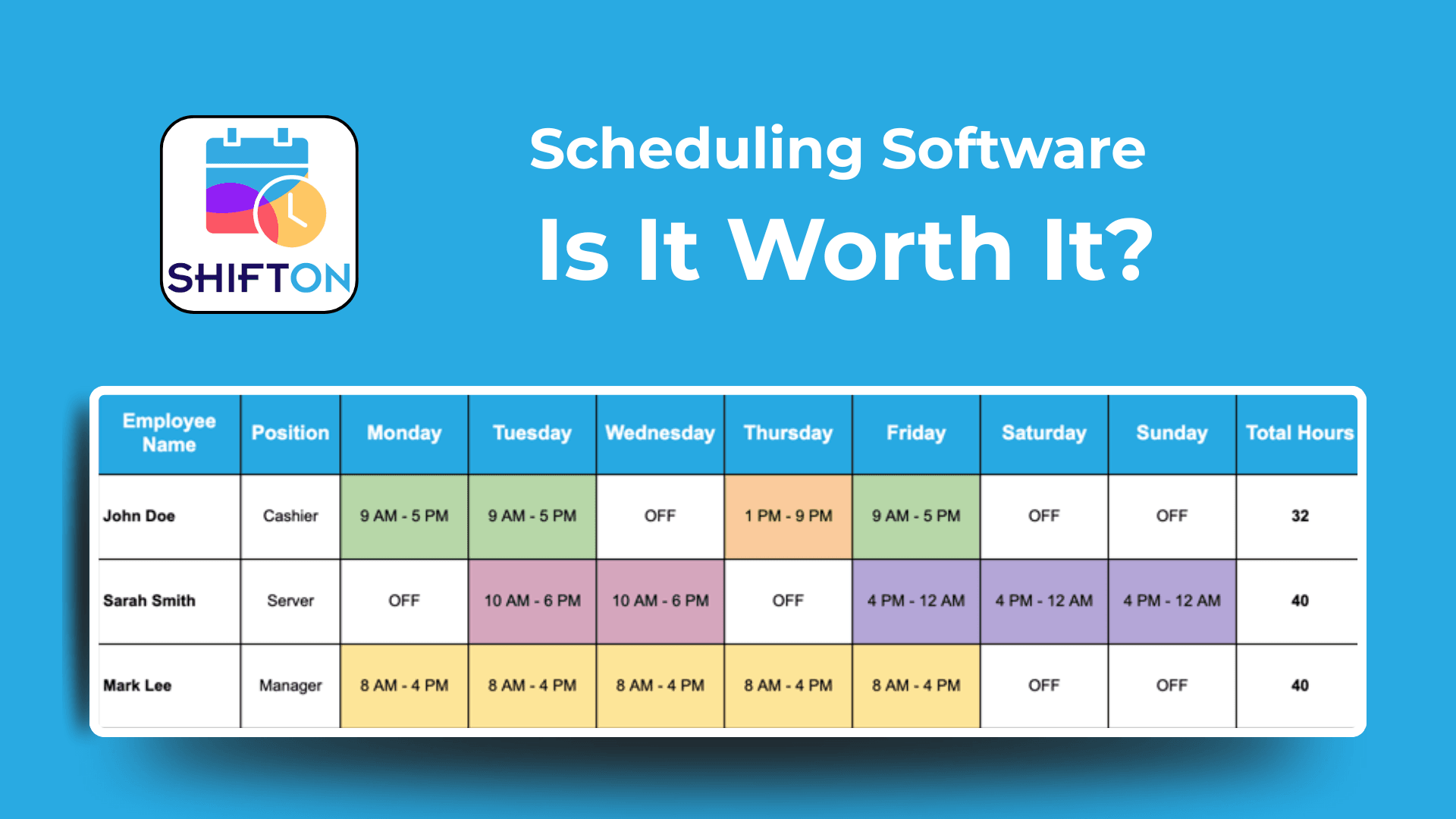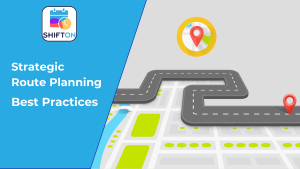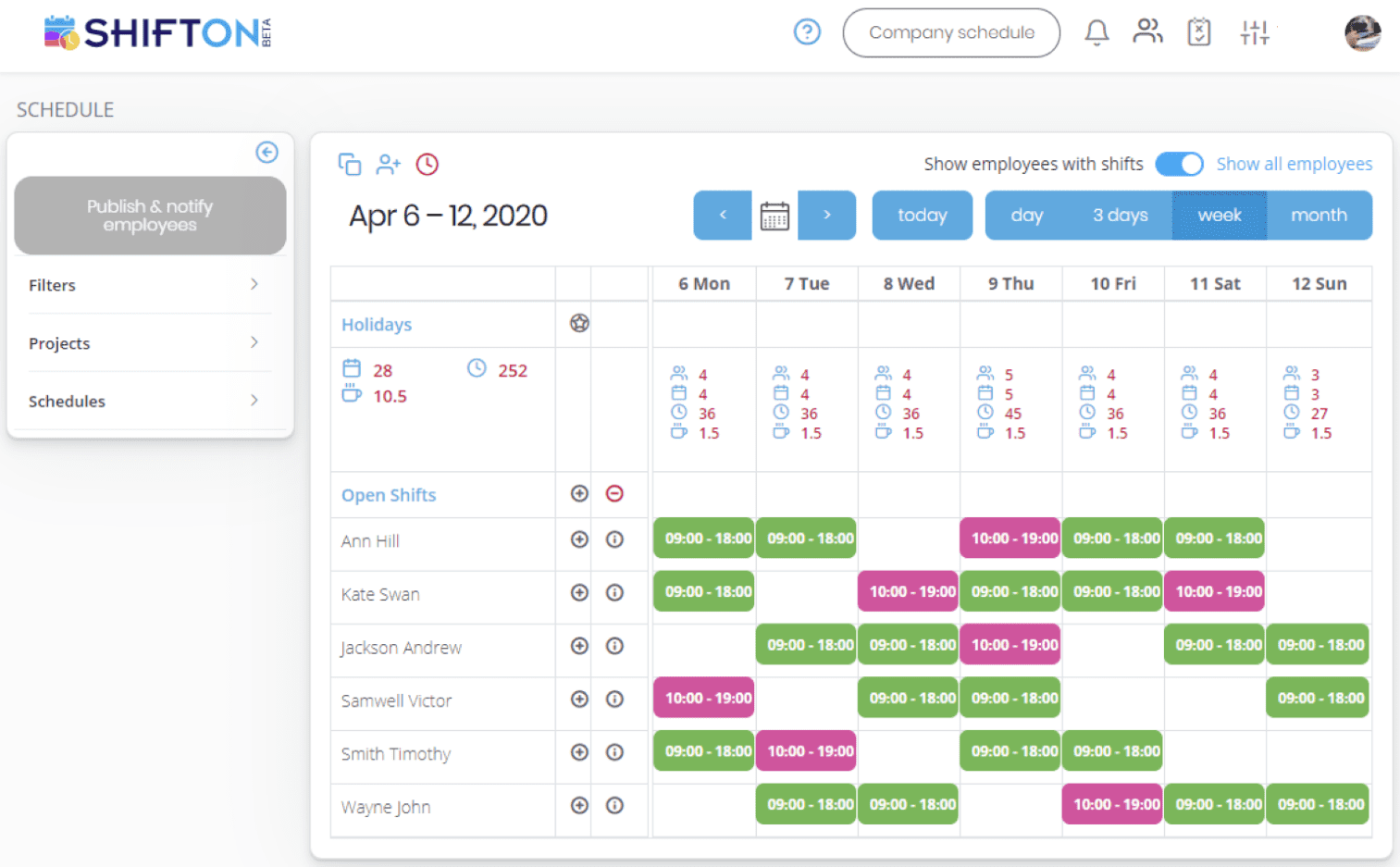It might be difficult to run a contract cleaner, especially in terms of timing, customer relations, and payment processing. A lot of organizations are using commercial cleaning schedules and planning to companies to help maximize workflow and reduce costs and productivity. Processes are streamlined, communication is enhanced, and time management is made possible by these solutions.
The appropriate scheduling software for cleaning business can be the deciding factor, regardless of the size of your cleaning business – from a small maid service to a major commercial dry cleaner. The top 11 best cleaning business software programs that will simplify managing the company’s operations are covered in this post.
Our Top Picks
Shifton Service
A flexible scheduling software for cleaning businesses.
Connecteam
For cleaning companies, scheduling can be a time-consuming task
Jobber
To efficiently administer their staff and deliver top-notch customer service.
What Is Cleaning Business Software
Users of dry cleaner services software may manage operations, including staff scheduling, monitoring, and billing clients, in the usage of dry cleaner’s administrative tools. These systems, which include features that make daily administration easier, are specially made for cleaning firms. Scheduling software for cleaning business, help and other such services combine several features into a consistent interface, thereby reducing mistakes and saving time.
Company owners can concentrate on expanding their enterprises by using the finest software for dry cleaners, which automates monotonous chores like work assignments, scheduling, and billing. These systems may be customized to match your needs, regardless of whether you are running a large-scale commercial cleaning operation or overseeing a crew of apartment cleaning.
How Do Cleaning Business Software Systems Work
By combining essential functional elements into a unified platform, a cleaner company search tool allows cleaner firms all the resources they require to efficiently handle assignments. The majority of scheduling software for cleaning businesses lets users set up and maintain schedules, give staff assignments, watch the status of their jobs, and take care of billing and payments.
These scheduling software for cleaning business frequently have mobile apps with the authorization of housekeeping staff to examine work details, check timetables, and clock in and out while on the move. Integrating with GPS tracking devices makes it easier to keep an eye on workers and make sure they are in the correct places.
Benefits of Cleaning Business Software
There are several advantages to the use of planning tools in the area of the purification industry:
- Better Scheduling software for cleaning business: The capacity to automate staff scheduling is one of the main benefits. This reduces the possibility of multiple reservations and guarantees that every shift is covered effectively;
- Improved Communication: By facilitating communication between leaders and followers, an effective cleaning schedule tool streamlines processes;
- Time management: Cleaning services software guarantees that workers arrive on time and finish jobs on schedule with features like time monitoring and automatic reminders;
- Financial Management: A lot of systems combine the invoicing obligations and invoicing, which lessens administrative effort and guarantees on-time payments;
- Scalability: The majority of solutions allow you to expand your business, no matter the length of your campaign cleaning software operation or small organization.
The 11 Best Cleaning Business Software Solutions
The correct scheduling software for a cleaning business is essential for effectively managing scheduling, staff coordination, client interactions, and general operations in a cleaning firm. With the increased need for cleaning services, from domestic cleanup to commercial janitorial jobs, adopting software customized for this business has become necessary.
Having trustworthy scheduling software for cleaning business and management systems may greatly streamline your operation, regardless of the size of your business – whether you run a small maid service or a huge commercial cleaning firm.
We will look at the top 11 scheduling software for cleaning businesses on the market right now in this section. Specialized functions like staff scheduling, dispatching, billing, and client administration are included in these systems; they are all you need to run a profitable cleaning company. We provide a range of solutions to suit the needs of various business sizes, and commercial dry cleaner industry solutions, including cleaning business applications and scheduling software for cleaning businesses for maid services. Let’s examine these excellent options and choose which best meets your needs!
Shifton
A flexible scheduling software for cleaning businesses called Shifton was created to make personnel scheduling and administration easier. Its intuitive layout makes it simple to keep an eye on working hours by creating employee schedules and managing shifts. Additionally, by improving work assignments and resource allocation, this cleaning company software raises the operational efficiency of cleaning businesses of all sizes, and also provides capabilities for task assignment, creating checklists, tracking the location of each employee on a map, service zones, and employee reports in the form of photos of completed work.
Scheduling software for cleaning business Shifton’s main advantages are its adaptable features and capacity to accommodate both small and large-scale businesses. It is a dependable task management and easy-to-use UI are frequently praised by users. Based on the demands and size of the firm, Shifton provides customizable price options.
How Shifton Can Help in Cleaning Business
For cleaning companies, Shifton’s scheduling software for cleaning business makes sure that all shifts are covered, jobs are allotted effectively, and staff members are informed of their daily obligations. Managers can keep an eye on employee productivity thanks to its real-time cleaning job-tracking capabilities, which are made possible by its task management and time-tracking tools.
Connecteam — Best all-in-one cleaning business software
Connecteam distinguishes itself as a complete and adaptable software for cleaning companies of all kinds. Connecteam provides an all-in-one platform to optimize everyday chores and boost production, regardless of the size of your company—whether you are overseeing a small cleaning staff or a major commercial business.
This program is among the greatest cleaning company software options available as it helps with scheduling software for cleaning businesses, communication, and job management in particular.
Efficient employee scheduling tools
For cleaning companies, scheduling can be a time-consuming task. With Connecteam’s scheduling software for cleaning business, you can simply create, change, and share schedules with just a few clicks.
By assigning work according to employee availability and location, you can make sure that the appropriate personnel is available when needed. Additionally, the platform automatically notification workers of their impending shifts, which lowers the likelihood of absenteeism or scheduling difficulties.
Time clock with GPS-tracking ability
Employees may use their cell phones to clock in and out using Connecteam’s time clock function. You can make sure your team members are on-site as scheduled by keeping an eye on their whereabouts throughout working hours thanks to GPS tracking capabilities. Businesses that oversee numerous sites or have remote workers may find this technology very helpful. Additionally, there are fewer mistakes and administrative burdens when time tracking and payroll are smoothly integrated.
Keep all important documents in one easily accessible place.
Access to a variety of documents, including equipment manuals, safety protocols, and cleaning checklists, is frequently necessary for cleaning enterprises. Scheduling software for cleaning business Connecteam offers a centralized platform where workers may save and retrieve all these vital papers from any location at any time. This feature makes things easier and guarantees that your staff always has the tools they need on hand.
Streamline employee communication
Managing cleaning crews requires effective communication, particularly when the teams are working in separate locations. With the integrated messaging capabilities that Connecteam offers, team members and management may communicate in real-time. Instantaneous updates, reminders, and crucial alerts may be sent to make sure that everyone is aware of the latest information and on board with the company’s objectives.
Easy task and project management
Scheduling software for cleaning business Connecteam streamlines the process of managing tasks and projects by providing a unified platform for assigning work, setting deadlines, and tracking progress. Managers may receive notifications when jobs are finished or if there are any delays because every work is logged in real-time. This function is very helpful for cleaning companies that have a lot of clients and have to manage several ongoing jobs at once.
Onboard and train new hires and existing cleaners
The ability to onboard and educate staff directly through the platform is one of Connecteam’s best advantages. Making sure that everyone is informed about corporate rules, cleaning procedures, and safety laws may be accomplished by creating and assigning training programs for recruits or by offering continuing education for current cleaners.
This guarantees a uniform degree of service while cutting down on the time and effort required to onboard new employees.
Jobber — Good for scheduling and dispatching
Prominent scheduling software for cleaning business Jobber is renowned for its advanced dispatch and schedule capabilities. For cleaning firms who want to efficiently administer their staff and deliver top-notch customer service, this software is ideal. Owners of cleaning businesses love Jobber because of its easy-to-use interface, which makes it simple to assign work, monitor progress, and manage customer relationships.
Employee scheduling and dispatching
You may quickly and simply schedule and deploy workers with scheduling software for the cleaning business, Jobber. You may allocate jobs to employees based on their availability and closeness to the work site via the planning program for cleaning firms, which ensures that time and travel are spent efficiently. Employees may stay informed and productive by receiving their schedules and job assignments straight on their cellphones thanks to the platform’s integration with mobile devices.
Online booking
The ability to arrange appointments online with Jobber is a big advantage for cleaners looking to ease client administration. Through your website or a specific app, customers may make direct service reservations, streamlining the process for both the company and its customers. This tool helps you fill your schedule more effectively by minimizing the need for back-and-forth communication.
Billing and invoicing
Scheduling software for cleaning business Jobber lets you create and submit bills straight through the site, streamlining the billing and invoicing process. A large portion of the administrative labor is automated by the program, which reduces mistakes and saves time. For customers who have not paid, you can also program automated reminders, which will guarantee prompt payments and improve your company’s cash flow.
ZenMaid — Good for automating processes
Scheduling software for cleaning business, called ZenMaid, is designed specifically for home cleaning services and companies. Its primary goal is to automate administrative duties so that business owners may spend more time concentrating on client delight and growth. For any cleaning service trying to maximize operations, ZenMaid is an essential tool because of its features that streamline billing, payroll, and scheduling.
Job scheduling
With the help of ZenMaid’s rugged schedule capabilities, you can assign tasks to employees according to their skill level and availability. Cleaning companies use scheduling software for cleaning businesses to make sure that every job is finished on time and that no shift is left empty. The system also allows for recurrent work scheduling, so you can set up repeat services for clients automatically.
Online booking
Customers may arrange appointments more easily with ZenMaid’s online booking system. With only a few clicks, customers may examine available time slots and book the desired housekeeping services. The scheduling software for cleaning businesses and the booking system are integrated, so your calendar is constantly current and free of conflicts.
Payroll
By interacting with your chosen payroll source and computing staff hours automatically, ZenMaid streamlines the payroll process. This feature guarantees that employees are paid on time and appropriately while also reducing administrative effort. Payroll handled, you can concentrate on expanding your maid service apps and raising client pleasure.
ServiceM8 — Good for creating customer quotes
For businesses seeking to enhance client satisfaction by providing precise and comprehensive quotations, ServiceM8 is a great scheduling software for cleaning businesses options. With this program, you can rapidly prepare quotations and deliver them electronically to clients, which is very helpful for firms that offer specialized cleaning services.
Customer quotes
It is easy and effective to create and deliver customer quotations with ServiceM8. With the program, you can create expert, itemized estimates that clearly outline the services you will offer and set expectations for your clients. Once a quotation is approved, it can be transformed into a job with only a few clicks, expediting the entire booking process.
Online booking
Additionally, scheduling software for cleaning business ServiceM8 has an online booking tool that lets customers make service appointments straight from your website. With the aid of this tool, filling up your calendar requires less work and less manual data entry. Additionally, it works in tandem with your schedule program to keep everything centralized and orderly.
Workwave — Good for commercial cleaning companies
Robust commercial scheduling software for cleaning business, Workwave is made to tackle the particular difficulties faced by large-scale businesses. Workwave delivers Customer Relationship Management (CRM) and Vehicle Driving Routes Optimization software to assist organizations in better managing their resources, personnel, and clients.
Route optimization
The route optimization function of scheduling software for cleaning business Workwave makes sure that your cleaning crews travel the most direct paths between tasks. This enables you to finish more tasks in a day and saves fuel and time. Route optimization is a crucial component of commercial cleaning business software that oversees several sites to maximize efficiency.
Customer relationship management (CRM)
Strong CRM capabilities are also included in Workwave, which support you in tracking job histories, managing client information, and upholding consumer contentment. By maintaining a record of your client’s preferences and service history, the CRM solutions let you forge closer bonds with them and make sure that every work lives up to their expectations.
Swept — Good for janitorial businesses
Swept is a scheduling software for cleaning business that was created especially for janitorial companies. It provides a full range of features that provide more effective and simpler management of cleaning crews. Designed specifically to satisfy the demands of the cleaning sector, Swept assists companies in streamlining their processes and guaranteeing that all facets of team management are efficiently and systematically managed.
Swept has a very intuitive scheduling interface, which is one of its main advantages. With the help of this cleaning scheduling app, managers can easily build and alter schedules and allocate work to individual employees depending on their talents and availability. Ensuring that every cleaning task is properly staffed, raises the standard of service generally and lowers the possibility of missed appointments.
Employee scheduling
Cleaning firms can assign jobs, manage shifts, and instantly alert personnel about their plans using Swept’s employee scheduling software for cleaning businesses. Additionally, the platform makes it simple to make last-minute schedule adjustments, guaranteeing that cleaners will always be where they need to be when they need to be.
This scheduling software for cleaning business covers both small and large janitorial operations and makes sure there are no misunderstandings.
Inventory management
For janitorial services to maintain track of cleaning materials, inventory management is essential. Swept streamlines this process by enabling teams to manage and monitor inventory levels using the app. Businesses can monitor items like safety gear, cleaning supplies, and tools, which minimizes downtime from stock shortages.
mHelpDesk — Good for finding new customers
Scheduling software for cleaning business like mHelpDesk was created especially for cleaning firms, with an emphasis on how important it is to streamline processes and find new business prospects through lead management. With a range of solutions that support firms in increasing productivity and spurring expansion, this robust platform addresses the particular requirements of the cleaning sector.
Lead management features
A robust lead management system provided by mHelpDesk helps clean companies monitor, handle, and close deals with leads. Businesses may concentrate on expanding their clientele by automating the procedure, which guarantees that no prospective consumer is lost. mHelpDesk streamlines lead tracking and acquisition through online forms, client questions, and referrals.
Customer Portal
One of mHelpDesk’s best features is its customer portal, which gives users access to a customized dashboard where they can contact the cleaning firm, examine bills, and make service requests. This improves the general customer experience and fosters trust, which makes it simpler for cleaning companies to keep repeat customers.
Hubstaff — Good for time tracking
Hubstaff is a highly respected professional contract scheduling software for cleaning business that is excellent at managing budgets and tracking the time of employees, making it a perfect solution for companies trying to save labor expenses and boost output. Hubstaff’s extensive functionality and simple interface enable cleaning firms to keep a close eye on their employees and make sure every minute spent on the task is recorded.
Employee time clock and labor budgeting
Managers of cleaning companies may ensure precise payroll calculations by tracking employee’s work hours down to the minute using the scheduling software for cleaning business Hubstaff’s time clock function. Managers may easily verify the whereabouts of staff members as they check in and out of employment thanks to Its smooth integration with GPS monitoring.
By giving organizations visibility into the amount of time and resources allocated to each task, the labor budgeting function may help them reduce wasteful spending and increase productivity.
Expense tracking
Another significant aspect of Hubstaff is expenditure management, which helps businesses manage and classify expenses such as cleaning supplies, employee overtime, and travel costs. Businesses may optimize budgets and make well-informed financial decisions with the support of the software’s comprehensive reports.
Workyard
One of the greatest scheduling software for cleaning business is Workyard, a comprehensive platform that assists enterprises in effectively managing their staff, monitoring time, and streamlining chores.
With an easy-to-use interface that streamlines daily operations and frees up managers and business owners to concentrate on expansion and service provision, Workyard was created expressly to meet the special requirements of the cleaning sector.
The sophisticated personnel management system of Workyard is one of its most notable features. Cleaning organizations can simply manage staff performance, onboard new workers, and keep an orderly record of each team member’s credentials and certifications using this application. By centralizing personnel data, managers may more easily allocate work based on availability and skill levels by having rapid access to critical information.
Scoring
Owners of cleaning businesses may monitor and assess staff performance using Workyard’s scoring tools, which are based on some indicators like work completion, timeliness, and customer satisfaction. This rating system helps companies find areas for development and promotes responsibility.
Highlights
Scheduling software for cleaning business Workyard is excellent at providing features for managing projects and accurate time monitoring that makes cleaning operations run more smoothly. Its user-friendly design and powerful scheduling capabilities guarantee effective communication and productivity between managers and staff. It is perfect for cleaning employees who are constantly on the road because it also offers mobile access.
Reviews
Users like Workyard’s capacity to lessen the administrative burden and enhance team collaboration. Numerous evaluations emphasize how accurately the platform tracks time and performance, which reduces costs for organizations by reducing employee theft and increasing output.
Pricing
Scheduling software for cleaning business, Workyard offers solutions that suit small and large cleaning enterprises at cheap prices. It is suitable for a variety of businesses since it provides adjustable price options according to the number of employees and the particular features a firm requires.
Housecall Pro
Another well-known scheduling software for cleaning business is Housecall Pro, which provides a wealth of features for efficiently managing cleaning crews, keeping track of tasks, and managing client contacts. Housecall Pro, which was created with cleaning companies’ requirements in mind, simplifies many operational procedures, assisting managers and staff in maintaining efficiency and organization.
The simple scheduling method of Housecall Pro is one of its best qualities. This program allows managers to effortlessly allocate assignments to their cleaning crew, assuring optimal coverage and eliminating schedule problems. Real-time scheduling viewing by users enables prompt alterations as needed. Additionally, the software automatically reminds users of impending tasks, which lowers the number of no-shows and late arrivals.
Scoring
Scheduling software for cleaning business, Housecall Pro receives great marks for usability and straightforward design. Because of its dependability in maintaining client connections, automating billing, and scheduling and dispatching cleaners, cleaning service owners frequently rank it as one of the top software options.
Key Features
Integrated payment processing, real-time task tracking, dispatching, and automatic scheduling software for cleaning business are some of Housecall Pro’s primary features. It is particularly noted for its strong communication facilities, allowing supervisors to convey updates to customers and cleaners, increasing overall task coordination.
Highlights
The Housecall Pro mobile scheduling software for cleaning business, which enables cleaners to access work details, log hours, and contact customers directly from their cellphones, is one of the app’s main features. It also interacts with common accounting platforms like QuickBooks, making it easier to manage invoices and payments.
Reviews
Users commend scheduling software for cleaning business Housecall Pro for its robust feature set, easy-to-use interface, and excellent customer service. Owners of cleaning businesses frequently comment on how the software helps them save time by automating administrative duties, allowing them to concentrate more on customer interactions and high-quality services.
Pricing
Housecall Pro provides a range of pricing options to suit the needs of small and big cleaning companies. Flexible monthly or yearly subscription choices are offered, and for companies in need of more sophisticated capability, other features can be added. Considering the variety of tools it comes with, the cost is competitive.
Compare the Best Cleaning Business Software Solutions
It is critical to evaluate several options according to their features, usability, and cost while choosing the best cleaning company software. Every software program has special features designed for various kinds of cleaning companies.
A comparison of the top cleaning business software options may help you choose the ideal fit for your company’s requirements, regardless of your need for scheduling software for cleaning business or a feature-rich management tool.
Take into account elements like user evaluations, customer service, and the tool’s ability to be integrated with current ones. By considering these criteria, you may evaluate which software delivers the greatest value for your organization. The primary software solutions discussed in this article are summarized below, along with a brief synopsis of their salient characteristics.
- Shifton: Provides sophisticated job management and scheduling capabilities, making it the perfect choice for cleaning firms looking to maximize labor efficiency and improve manager-employee communication;
- Connecteam is the best all-in-one cleaning software for businesses, perfect for task management, workforce scheduling, and communication;
- Jobber: Outstanding for dispatching and scheduling, with robust online facilities for billing and booking;
- ZenMaid: specializes in task scheduling and payroll administration automation for cleaning companies;
- ServiceM8: renowned for generating quotations for clients and enabling online reservations;
- Workwave: a good option for businesses who do commercial cleaning, offering CRM and extensive route optimization tools;
- Swept: Designed specifically for cleaning companies, with exceptional staff scheduling and inventory control;
- mHelpDesk: Excellent for generating leads, providing lead nurturing, and providing a customer portal;
- Hubstaff: a labor budgeting tool and employee time clock, making it the perfect tool for time monitoring;
- Workyard: An adaptable choice for cleaning firms that emphasizes job management and personnel performance rating;
- Housecall Pro is a feature-rich scheduling software for cleaning businesses with a user-friendly mobile design and effective customer support features.
By evaluating these software options according to their features, cost, and usability, you can make an informed choice that supports your company’s objectives.
How to Choose the Best Cleaning Business Software
Selecting the finest cleaning company software requires determining your unique requirements and comprehending the fundamental features of different solutions. When assessing scheduling software for cleaning business and management tools, bear the following points in mind.
Important core features:
- Employee Scheduling: To manage shifts, assign assignments, and deal with last-minute adjustments, look for software that provides simple scheduling features. This is necessary to guarantee that your cleaning crews are always present at the appropriate location at the appropriate time;
- Task creation, delegation, and task monitoring are all made possible by efficient work management tools. Efficiency may be greatly increased by having real-time work progress tracking;
- Billing and Invoicing: Financial operations are streamlined by automated billing and invoicing capabilities, which also lessen administrative burden and guarantee on-time payments;
- Customer relationship management (CRM): By streamlining customer contacts, managing client information, and keeping track of communication history, an integrated CRM feature raises client satisfaction;
- Mobile Accessibility: Having a mobile-friendly interface is essential because many cleaning crew members are always on the go. With their cell phones, staff members may check their schedules, get in touch with management, and report job status;
- Analytics and Reporting: Comprehensive reporting solutions may give you performance insights, allowing you to pinpoint problem areas and make informed decisions.
I looked for usability features, like:
- User Interface (UI): A clean, intuitive interface boosts user experience and decreases the learning curve for new staff. Seek software with an easy-to-use interface and unambiguous design;
- Integration Capabilities: The ability to work with other tools (such as marketing platforms, payment processors, and accounting software) guarantees a smooth workflow and makes operations more effective;
- Customer service: Fast and effective problem-solving depends on responsive customer service. Seek software that offers phone, email, and live chat assistance, among other channels of support;
- Customization Options: Having the option to alter settings and features to meet your unique company requirements will improve the software’s general usefulness and level of satisfaction;
- Scalability: Select software that can expand along with your company. Scalable solutions may grow with your needs, whether you add additional employees or diversify your services.
You may choose cleaning company software that not only satisfies your operational requirements but also raises overall productivity and client happiness by carefully assessing these key features and usability factors.
The Bottom Line On Cleaning Software
To sum up, the efficacy and efficiency of your business may be greatly increased with the correct cleaning software. Utilizing technology may help you run a large-scale company or the best software for a small cleaning business crew by streamlining workflows, enhancing communication, and eventually increasing profitability.
Important aspects to take into account while assessing the finest cleaning company software include task management, scheduling of employees, invoicing, and CRM functionalities. Evaluate usability elements including customer support, integration possibilities, and interface design as well.
The scheduling software for a cleaning business or management tool that best fits your needs may be chosen by taking the time to compare various options and comprehend your unique business requirements. Making this choice will ensure long-term success in the cutthroat cleaning sector by streamlining your processes and improving the customer and staff experience.


